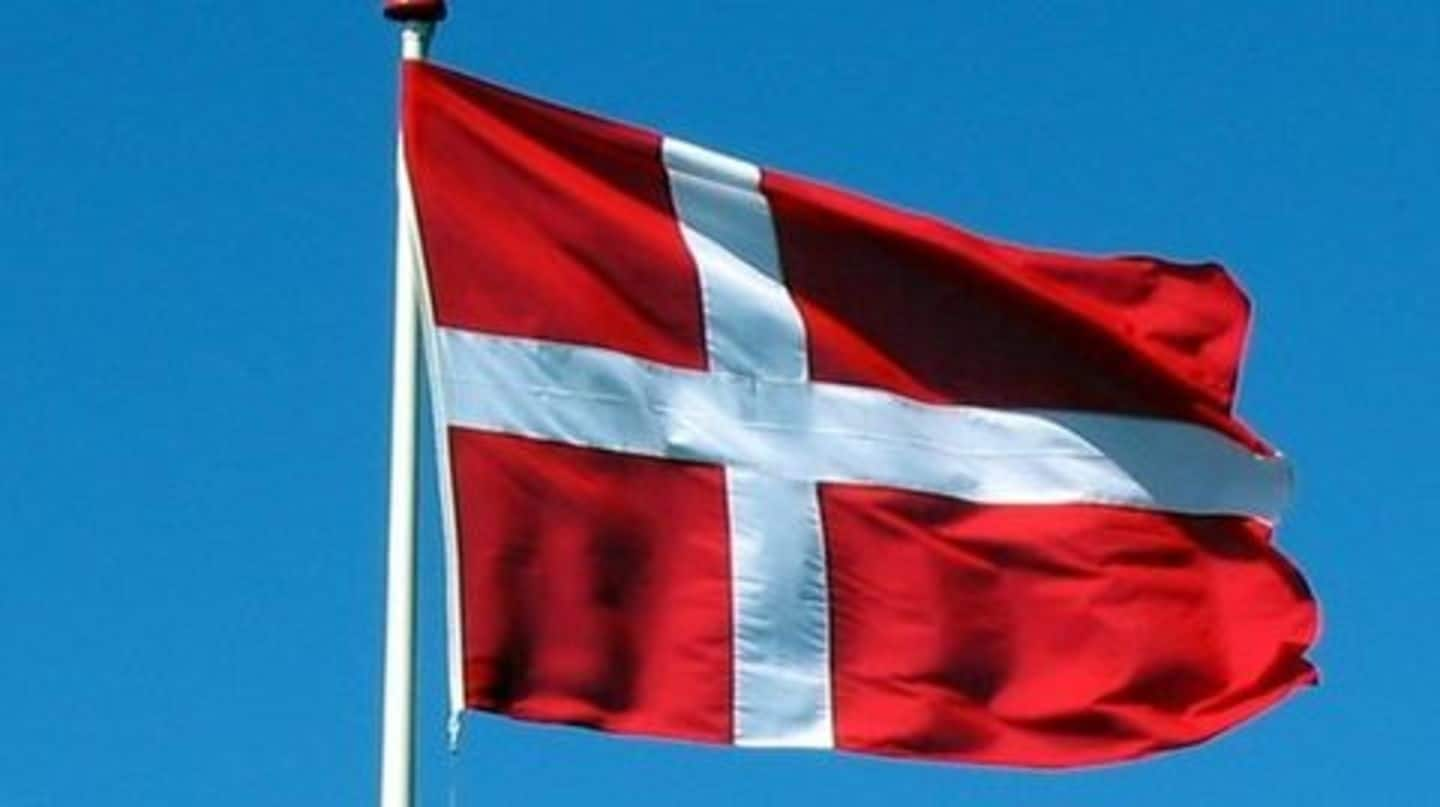
It's a win for opposition parties in Denmark
What's the story
Danish opposition parties have won over the governing coalition in the closely contested general election.
The center-right group led by former PM Lars Lokke Rasmussen defeated current PM Helle Thorning-Schmidt's center-left coalition.
Though Ms Thorning-Schmidt's Social Democratic Party won 26.3% of the votes making it the largest party in the Parliament, her allies failed to garner as many votes as the opposition bloc did.
27 May 2015
PM Helle calls for general election
Denmark PM Helle Thorning-Schmidt announced that the parliamentary elections would be held on June 18.
Her minority government's term ends in September and she said that it was time for Danes to decide if they want to continue with her.
Helle Thorning-Schmidt became Denmark's first woman Prime Minister in 2011 as head of the Social Democratic Party, ending the 10 year long center-right rule.
Govt. Structure
Denmark has a constitutional monarchy
Denmark is a constitutional monarchy where the Monarch is the head of the state. Currently, Queen Margrethe II is the Monarch.
Executive power is exercised by the cabinet presided over by the Prime Minister.
The parliament of Denmark is called Folketing and has 179 seats. Of these, 175 are elected in Denmark and two each in Faroe Islands and Greenland.
Do you know?
Party Majority does not mean ruling!
To rule the government, a coalition needs to have more seats with respect to opposition. This means that a party with majority of seats may still lose, if its coalition has less number of seats than the opposition coalition.
28 May 2015
Major parties in the general election
Denmark's political parties have aligned themselves into two major blocs: the center-left parties in 'red bloc' and center-right in the 'blue bloc.'
Red bloc comprises of Social Democrats, Social Liberals, Socialist People's Party and Red-Green Alliance.
Blue bloc consists of The Liberals, Danish People's Party, Liberal Alliance, Conservatives and Christian Democrats.
The current government is a 2-party coalition of Social Democrats and Social Liberals.
18 Jun 2015
Denmark votes
Though the ballot featured almost 10 parties, the election was seen as a binary choice between former Prime Minister, Mr Rasmussen, and the current Prime Minister, Ms Thorning-Schmidt.
The opinion poll before voting showed that the two were at level with a close race to the finish.
The Danish People's Party, an anti-immigration center-right group was expected to win big with 18% votes.